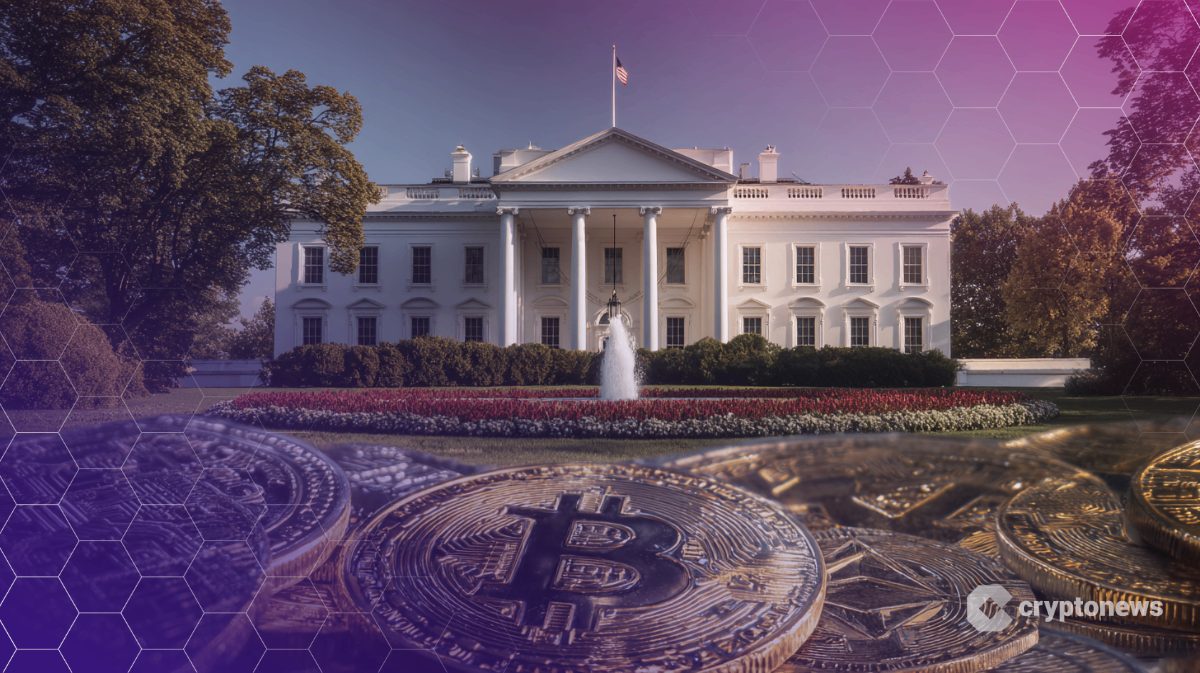From “air” to “cash flow”: The rise of utility tokens after the VC bubble burst
At the beginning of 2025, as the liquidity of the secondary market tightened, a large number of altcoins driven by "story + airdrop" were ruthlessly punctured.
Countless altcoins have been going down all the way, hitting new lows - while the market value of Bitcoin rose to a five-year high of 62.1% during the same period, and the Altcoin Season Index even hit a record low of 4 points in May 23.
However, "utility tokens" such as Uniswap (UNI), Aave (AAVE), Pendle (PENDLE), and Hyperliquid (HYPE) have attracted funds to go upstream, and both prices and on-chain revenues have risen. They have one common feature: real and auditable protocol cash flow, and the value is returned to token holders through repurchase, profit sharing or staking.
This article attempts to sort out the logic of capital migration after the VC bubble burst, and uses four representative projects as samples to explore how the "on-chain P/E era" is reshaping the crypto valuation system.
Market background: When the narrative recedes, cash flow becomes a scarce commodity
- VC stalls: In Q2 2025, global crypto financing plummeted to US$4.99 billion, down 21% month-on-month, hitting a new low for a single quarter since 2020, and investors have become cautious about "concept speculation".
- Funds return to blue-chip DeFi: Bitcoin continues to strengthen and dominates, but the DeFi sector is severely divided; the TVL and transaction volume of protocols with a "income-distribution" closed loop continue to rise. Pendle TVL exceeded US$5.59 billion in July, nearly tripling this year.
- Valuation Anchor Migration: In the downward cycle of traditional risk appetite, investors are more willing to pay for quantifiable cash flow rather than pure narrative premium.
What is a "utility token"?
Definition: Token holders can share protocol revenue (Fee Capture), or indirectly increase the "on-chain EPS" (verifiable income corresponding to each token) of each token through repurchase/destruction and staking profit sharing.
Typical model
- Fee Switch / Transaction Profit Sharing: Return or repurchase protocol fees in proportion (GMX).
- Lending Spread & Clearing Fee: The spread and clearing rewards are included in the treasury for repurchase (AAVE, Maker).
- Yield Tokenization: Split future income into transactions, and the protocol takes a commission (Pendle).
- Infrastructure fuel: Instant repurchase and destruction of high-frequency matching engine fees (HYPE).
Quick Overview of Four Major Case Studies
| Tokens | Lowest Point of the Year → July | Rise and Fall | Value Reflux Mechanism | Key Catalyst |
|---|---|---|---|---|
| UNI | $4.55 → $10.33 | +127% | Fee Conversion Restart Proposal, Proposed to Return 0.05% of Transaction Fees to the Treasury (Not Implemented) | Foundation Passed 1.655 100 million US dollars huge investment plan |
| AAVE | $114.05 → $293.33 | +157% | DAO repurchases $1 M AAVE every week and enters the ecological reserve | Buyback plan passed in June |
| PENDLE | $1.81 → $4.49 | +148% | Protocol takes 5% of the revenue + 5 bps transaction fee | TVL breaks $5.5 B, yield, PT-sUSDe token annualized yield 11.11% |
| HYPE | $9.3 → $44.3 | +376% | 30% transaction fee real-time repurchase and destruction | July 5 CoreWriter upgrade |
Disassembly: How does cash flow drive valuation repair?
Uniswap (UNI)
Previously, the market has always regarded UNI as a "pure governance coin". Since then, the Uniswap Foundation has voted to approve a huge investment plan of $165.5 million. The Uniswap Foundation proposed to allocate $165.5 million in funds to the following aspects.
· $95.4 million for funding (developer programs, core contributors, validators);
· $25.1 million for operations (team expansion, governance tool development);
· $45 million for liquidity incentives.
Currently, $UNI tokens have no actual token value capture and token repurchase plans!
Aave(AAVE)
Aave DAO approved to repurchase approximately $1M AAVE per week with protocol surplus and lock it into DAO inventory:
- The first week of execution drove the intraday increase by 13%, and the trading volume doubled.
- Lending spread + liquidation fee is a stable cash flow, and with V3 TVL increasing by 32% year-on-year, the repurchase plan has long-term ammunition.
Pendle(PENDLE)
Pendle puts the derivative narrative of "future income" into a trading market:
- Taking 5% of the income + 5 bps transaction fee, the protocol generates auditable income every day.
- High-yield strategies (e.g., stETH YT yield once reached >11%) are more attractive in a low-interest environment, and funds continue to flow in.
Hyperliquid (HYPE)
As a high-frequency matching DEX, Hyperliquid launched the CoreWriter pre-compilation in July, allowing HyperEVM contracts to directly place orders, settle, and call CLOBs, and the on-chain fee repurchase and destruction mechanism:
- In the week of the upgrade, the on-chain active addresses and trading volume both hit record highs.
- The immediacy of value reflux + the scale of high-frequency transaction fees make HYPE a strong β for the "on-chain cash flow" narrative.
Three moats to cross the bear market
- Deterministic cash flow: On-chain income & expenditures are auditable, DAO resolutions are open and transparent, and information asymmetry is reduced.
- Buyback/profit sharing closed loop: Write the path of "protocol income → token value" into the smart contract to form an effect equivalent to stock buyback or dividends.
- Institutional friendliness: Quantifiable income indicators (P/S, P/E) reduce valuation uncertainty and facilitate market making and structured product design.
Summary
After the VC story receded, the market is re-pricing "verifiable cash flow".
Utility tokens integrate on-chain income, token value and governance rights, and are scarce assets that cross cycles.
With the introduction of Fee Switch, repurchase or surplus distribution in mainstream DeFi protocols, it indicates that the valuation logic of the crypto market may move from "narrative market" to "cash flow market".
You May Also Like

White House: Trump will promote the rapid construction of artificial intelligence data centers

Michael Saylor’s Strategy Snaps Up 245 Bitcoin for $26 Million as Geopolitical Tensions Lift BTC 3.5%
